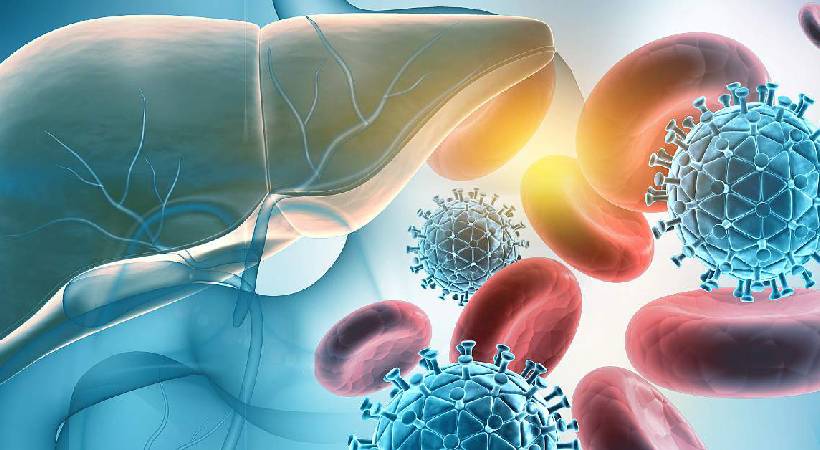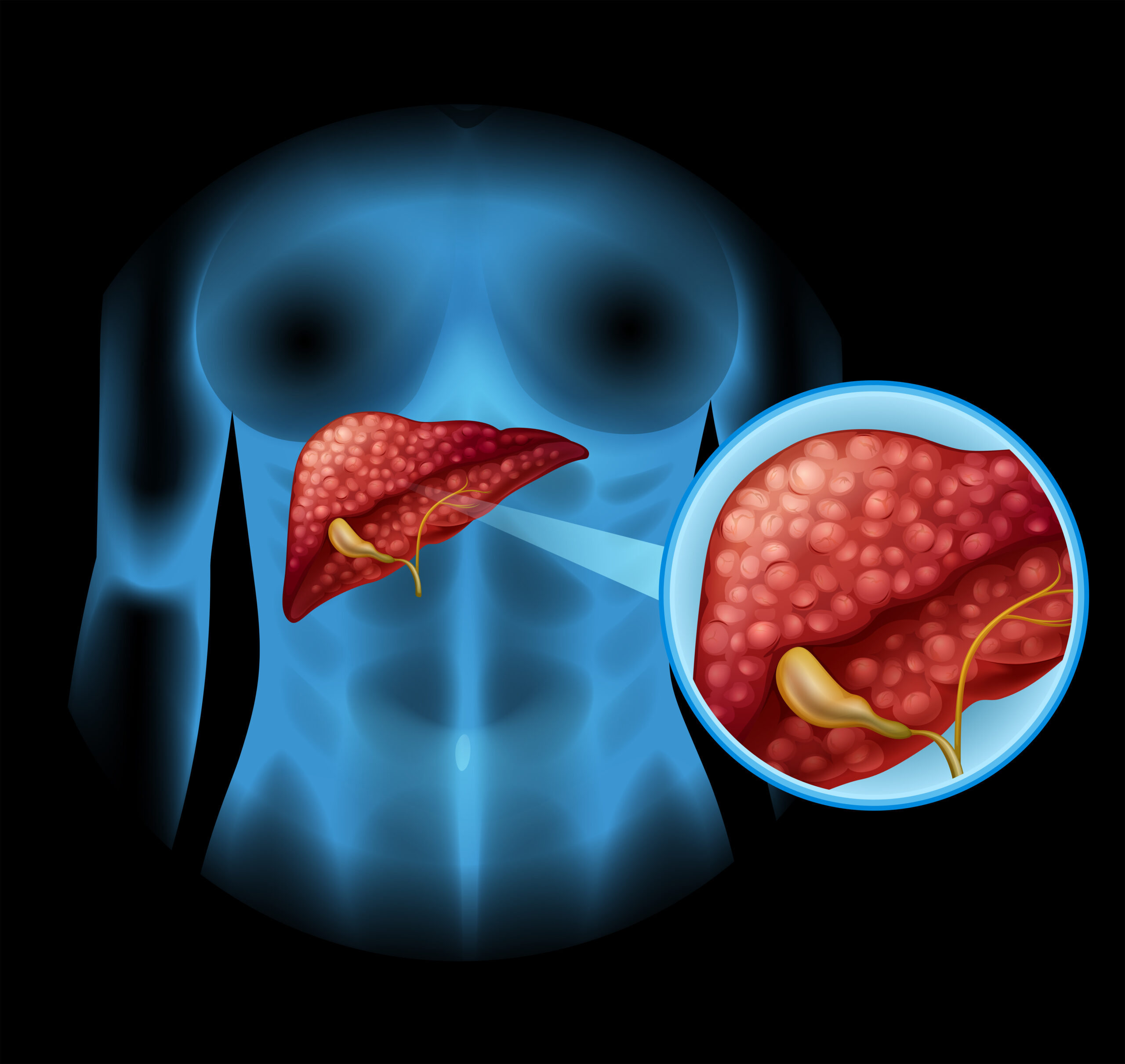The toddler had a huge 20 cm lump sitting on...

Introduction:
Viral hepatitis is a significant public health concern worldwide, affecting millions of people annually. It is characterized by inflammation of the liver caused by viral infections. Understanding the different types of viral hepatitis, their causes, symptoms, and prevention measures is crucial in combating this global health issue.
Types of Viral Hepatitis:
There are several types of viral hepatitis, categorized as hepatitis A, B, C, D, and E, each caused by different viruses.
- Hepatitis A (HAV): Hepatitis A is primarily spread through ingestion of contaminated food or water or through close contact with an infected person. It is usually an acute, short-term illness, and most people recover fully with no lasting liver damage.
- Hepatitis B (HBV): Hepatitis B is transmitted through contact with infected blood, semen, or other bodily fluids. It can be acute or chronic and can lead to serious liver conditions such as cirrhosis or liver cancer if left untreated.
- Hepatitis C (HCV): Hepatitis C is primarily spread through contact with infected blood, commonly through sharing needles or other equipment used to inject drugs. It can also be transmitted through sexual contact or from mother to baby during childbirth. Hepatitis C often becomes a chronic infection and can cause severe liver damage over time.
- Hepatitis D (HDV): Hepatitis D is a unique type of hepatitis that only occurs in people who are infected with the hepatitis B virus. It can worsen the symptoms of hepatitis B and lead to a more severe form of liver disease.
- Hepatitis E (HEV): Hepatitis E is usually a self-limiting infection that resolves on its own. It is primarily transmitted through ingestion of contaminated water, and outbreaks often occur in areas with inadequate sanitation.
Symptoms of Viral Hepatitis:
The symptoms of viral hepatitis can vary depending on the type of virus and whether the infection is acute or chronic. However, common symptoms may include:
- Jaundice (yellowing of the skin and eyes)
- Fatigue
- Abdominal pain or discomfort
- Loss of appetite
- Nausea and vomiting
- Dark urine
- Pale stools
- Fever
It is essential to note that some people with viral hepatitis may not experience any symptoms, particularly in the early stages of the infection. However, even asymptomatic individuals can still spread the virus to others.
Prevention of Viral Hepatitis:
Preventing viral hepatitis involves a combination of vaccination, practicing good hygiene, and avoiding behaviors that can spread the virus. Here are some key prevention measures:
- Vaccination: Vaccines are available for hepatitis A and hepatitis B. These vaccines are highly effective in preventing infection and are recommended for individuals at risk of exposure.
- Practicing good hygiene: Washing hands thoroughly with soap and water after using the bathroom, changing diapers, and before preparing or eating food can help prevent the spread of hepatitis viruses.
- Safe sex practices: Using condoms can reduce the risk of transmission of hepatitis B and hepatitis C during sexual activity.
- Avoiding sharing needles or personal items: Injection drug use and sharing needles or other equipment can increase the risk of hepatitis B, hepatitis C, and other blood-borne infections.
- Screening and testing: Regular screening for hepatitis B and hepatitis C can help identify infections early and prevent the development of complications.
Conclusion:
Viral hepatitis is a significant global health problem that can lead to severe liver damage if left untreated. Understanding the different types of viral hepatitis, their causes, symptoms, and prevention measures is essential for both individuals and communities. By raising awareness, promoting vaccination, and implementing preventive measures, we can work towards reducing the burden of viral hepatitis and improving public health worldwide.
Real Patients, Real Stories
Liver Transplant and Biliary Sciences Blogs
Jupiter Hospital Performs paediatric whole liver transplant
PUNE: An expert team of Jupiter Hospital, Pune performed...
Understanding the Symptoms of Metabolic Liver Diseases
By Dr. Manoj Shrivastav – Liver Specialist in Pune |...
Factors That Affect Your Liver Health
Your liver is one of the most hardworking organs in...





